Music
Trailers
DailyVideos
India
Pakistan
Afghanistan
Bangladesh
Srilanka
Nepal
Thailand
Iraq
Iran
Russia
Brazil
StockMarket
Business
CryptoCurrency
Technology
Startup
Trending Videos
Coupons
Football
Search
Download App in Playstore
Download App
Best Collections
Technology
BrainQ, an Israel-based startup that aims to help stroke victims and those with spinal cord injuries treat their injuries with the help of a personalized electromagnetic treatment protocol, today announced that it has raised a $5.3 million funding round on top of the $3.5 million the company previously raised. The companyinvestors include Qure Ventures, crowdfunding platform OurCrowd.com, Norma Investments, IT-Farm and a number of angel investors, includingValtech Cardio founder and CEO Amir Gross.
When we last talked to BrainQ earlier this year, the team was working on two human clinical trials for stroke patients in Israel. At that time, the company had closed its first funding round and had also recently started to work with GoogleLaunchpad Accelerator, too.
The general idea behind BrainQ is to use the patientbrainwaves to generate a tailored treatment protocol. No AI company would be complete without data — itwhat drives these algorithms, after all — and the company says it owns one the largest Brain Computer Interface-based EEG databases for motor tasks. Itthat database that allows it to interpret the patientbrain waves and generate its treatment protocol.
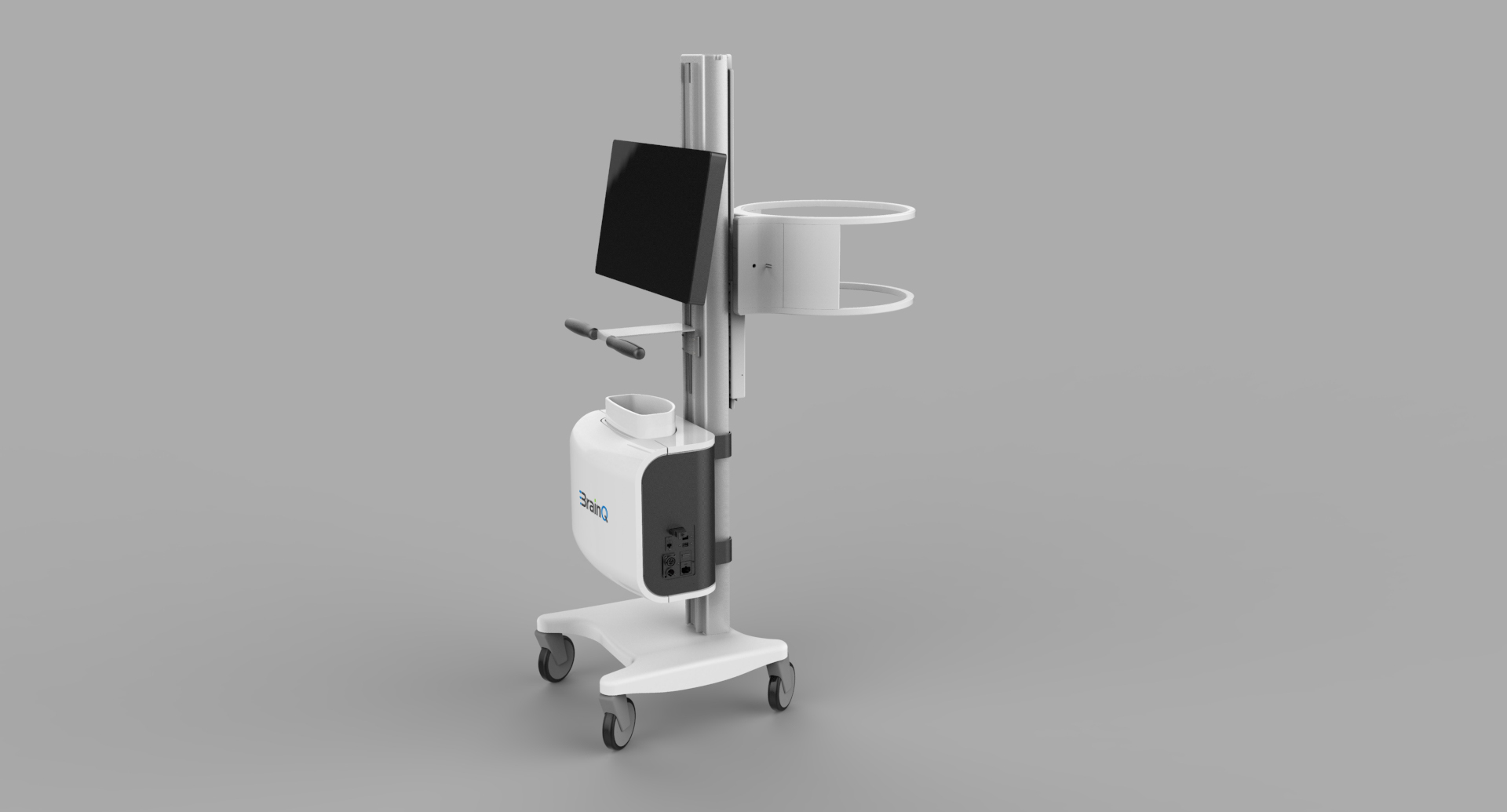
BrainQ EEG reader device
&We are on the verge of a new era where AI- based precision medicine will be used to treat neurodisorders, which do not have a sufficient solution to date,& said BrainQ CEO Yotam Drechsler in todayannouncement. &At BrainQ, we are thrilled by the opportunity to bring this vision to life in the world of neuro-recovery. In a short time, we have already achieved significant results and are looking forward to the opportunity to push our technology and expand our operations, further positioning BrainQ as a leader in the world of BCI-based precision medicine.&
As is typical for Israeli startups, the teambackground is quite impressive and includes former members of the countryelite intelligence units and academics with a background in AI and neuroscience.
- Details
- Category: Technology
Read more: BrainQ raises $5.3M to treat neurological disorders with the help of AI
Write comment (92 Comments)Sports is one of the biggest drivers of traffic and engagement on the internet, and today a startup leveraging this, plus the popularity of user-generated content and a back-end infrastructure built to handle scale, is announcing a significant round of funding to take its sports media platform global.
Minute Media— which provides user-generated sports articles and videos from some 5,000 contributors that then gets distributed by brands like Sports Illustrated, as well as on Minute Mediaown sports websites that collectively attract between 80 million and 90 million users per month — has raised $17 million in funding, capital that it will use to expand into new markets like China as well as start to formulate its next steps for tackling other content beyond sports.
This Series F wasled byGoldman Sachs, La Maison and Vintage, with participation from existing investorsBattery Ventures, Dawn Capital, Qumra Capital, Pro7 and North BaseMedia. It brings the total raised by Minute Media to $77 million.
Asaf Peled, Minute Mediafounder and CEO, said the startup is not be disclosing its valuation, but according to figures from PitchBook, it appears to be around $200 million. Peled noted that the 80-90 million audience the startup has today is on the back of a growth rate of 130 percent in 2017.
There are many ways of divvying up the lucrative digital market for sports these days. Categories include streamed events, bringing together communities around those events to talk about them, and possibly bet on them, and producing news and analysis related to games, athletes, teams and more.
Minute Media roughly falls into the latter of these, and itbeen developing its business up to now on two tracks.
The first of these is for developing content that Minute Media posts on its own sites — which include football (soccer) site90min(the biggest with 60 million visitors per month), esports-focusedDBLTAP, and the US-focused12up, plus a range of more localised sites across some 12 markets. These are both accessed by people directly, and in many cases are tapped by local communities of sports enthusiasts, who link to and discuss the content, driving traffic to the sites.
&We have over 1,500 influencer communities integrating with our platform,& Peled said. One example is a group of Real Madrid fans in Vietnam, he said. &They will take pieces of our content and share them among their community, driving traffic to the relevant part of our site. Itessentially a B2B2C model that is driving a lot of our traffic.&
Most of the content today is word-based, although video is growing, with about 200 million video views on its site each month. Interestingly, this is an area where Minute Media has taken a very different route and stayed away from relying on popular video hosting platforms like Facebook or YouTube, and, by way of AWS, serves everything from its own sites.
The second of these is based around content that Minute Media pushes to the sites of its partners, which Peled said include Sports Illustrated, MSN in the US, ProSieben in Germany and Yahoo Sports in Europe (disclaimer: TC is owned by VerizonOath, which also owns Yahoo), and others that both integrate with Minute Mediaplatform and pay a fee to use its content by way of licensing arrangements. The latter makes up around one-third of the startupbusiness, Peled said.
You might think what Minute Media is doing a form of a content farm, but Peled would take issue with that. Minute Mediabelief is that sports publishing has lacked a lot of innovation for years, and that — plus sports& enduring popularity — made it an interesting and lucrative area to tackle.
&When we started looking into sports publishing, we thought the landscape was interesting from a consumer point of view, but lacking in innovation,& he said. &Thatwhy we decided to take a tech approach, building a platform that would allow us to grow globally, from a single location into a number of localised places.&
On average, Minute Media receives between 4,000 and 5,000 pieces of content per day. Using a team of curators and editors, who will also work with writers and videographers to modify work before itpublished, ultimately it will publish around 1,000 of those items.
Contributors, Peled said, are a mixed bag, ranging from budding journalists, to simply fans who like to write (and might have in the past put this content on to a blog of their own). All contributors, he said, get paid — some more than others. He would not go into the details except to say that itpartly based on traffic.
The company today counts London as its head office, but it got its start in Israel and still traces its tech DNA back to the country.
As with many startups that come out of Israel, the engineers at Minute Media cut their teeth in the military, and the contribution that this plays here, Peled said, is in building a platform that can scale, handle lots of traffic and optimise itself based on the location where its content is being consumed.
Specifically, he noted that content will load quickly regardless of a viewerlocation or network speed, which is a significant feat if you&ve ever, for example, tried to watch a US-based video when you are in a far-flung location. &This is not an easy problem to solve,& he said, &which is why so many of our competitors are localised.&
Video in emerging markets, Peled explained, specifically &requires a lot of tech scale and backend work and devops that we could not have enabled if we hadn&t been able to recruit such a deep tech team out of Israel. The only other place we could have built something like this is in Silicon Valley. Under one roof we have deep tech and media knowledge.& Some 80 of Minute Media180 employees work in engineering, he said.
That combination is also what attracted the investment.
&The team atMinuteMediais rewriting the playbook for sportsmedia&, saidAaron Siegel, MD at Goldman Sachs, in a statement. &Their focus on product, fan empowerment and global scale are key differentiating ingredients in the sector.We look forward to being a part of the continued growth.&
- Details
- Category: Technology
Read more: Minute Media nabs $17M to expand its user-generated sports media platform
Write comment (95 Comments)Prisma, a Berlin and San Francisco startup that is betting big on GraphQL — the data query language originally developed by Facebook to make it easier for front-end code to talk to application servers — has raised $4.5 million in seed funding.
Silicon ValleyKleiner Perkins led the round, with participation from a number of angel investors, many of whom have deep roots in the developer and/or open source space, including Nick Schrock, one of the creators of GraphQL itself.
TechCrunch first learned of Kleinerpending investment in Prisma (formerly Graphcool) back in March, when the deal hadn&t yet closed. In a brief call yesterday, Prisma co-founder and CEO Johannes Schickling confirmed the investment and explained that the startup sought to raise from West Coast VCs and investors, rather than European VCs, who &really understand Open Source,& noting that any serious developer offering has to take a bottom up approach in order to become adopted by the wider developer community.
To that end, Schickling tells me Prisma itself has pivoted away from its narrower Backend-as-a-Service (BaaS) model to an Open Source one, with the core offering — dubbed &Prisma 1.0& — released as a standalone infrastructure component under an Apache 2 open source license.
The company is building what it describes as the GraphQL data layer for all databases, in recognition that modern backends typically combine and connect to multiple specialised databases e.g. Postgres, Elasticsearch, Redis, Neo4j etc. This requires complex &mapping logic& to the underlying databases, which is precisely the heaving-lifting that Prisma has set out to solve. Prisma wants you to be able to access all of your databases in a single GraphQL query.
Schickling says the new funding will be used to bolster the team, including opening an office in San Francisco in addition to its Berlin engineering base. On the product roadmap is support for more databases. Prisma currently plugs into MySQL and Postgres, but plans to add the likes of MongoDB, Elastic, and Cassandra.
Alongside the startupopen source product, it offers Prisma Enterprise to enable critical security workflows (compliance, access control, audit logging etc.) and Prisma Cloud for teams to collaborate and easily manage databases.
Prismaother seed investors include Robin Vasan (board member of HashiCorp, Couchbase, InfluxData), John Komkov (Fathom Capital), Augusto Marietti (CEO Kong), Guillermo Rauch (CEO Zeit), Spencer Kimball (CEO CockroachDB), and Nicholas Dessaigne (CEO Algolia).
- Details
- Category: Technology
Read more: Prisma raises $4.5M seed round led by Kleiner Perkins
Write comment (92 Comments)Coinbase is courting Wall Street after it announced plans tolaunch a range of new services aimed at institutional investors, who are finally beginning to embrace crypto.
The main new arrival isCoinbase Custody, a service first announced last yearthat provides specialist level services to allow institutions to hold bitcoin and other crypto with Coinbase. Right now, thereprecious difference in customer care regardless of whether they hold $1,000 or $10 million, but Custody is an effort go beyond that and offer a higher standard of service in line with what institutionsrequire.
Specifically, that includes the use of an SEC-qualified custodian,third-party auditing and financial reporting validation, all of which Coinbase is getting via a range of partners.
&We have leveraged our experience safely storing more than $20 billion of cryptocurrency to create Coinbase Custody, the most secure crypto storage solution available,& Coinbase general managerAdam White wrote in a blog post.
Coinbasealso announced a new platform dedicatedto institutional customers called Prime.
Prime offers a trading service thatcustomized to such customers, but it will also be expand to cover lending and margin financing products, services like over-the-counter (OTC) trading and algorithmic orders, and market data and research products.
Finally, Coinbase is expanding its ranks by opening an office in Chicago. The primary focus of that location, White said, will be to work on providing acentralized pool of liquidity for Coinbase services. That, combined with other features, is aimed at driving better conditions for trading for institutional customers.
The moves makes sense. Coinbase is positioning itself as the go-to in the crypto ecosystem — something reiterated recently by new CTO Balaji Srinivasan — and beyond being a consumer name, the company needs to court the bigger players, who keen on crypto after seeing bitcoin stabilize after a crazy run in January and the introduction of bitcoin futures.
They also represent a lucrative customer segment that brings new revenue options, too.
As Coinbase CEO Brian Armstrong says on the Coinbase Custody website: &Over 100 hedge funds have been created in the past year exclusively to trade digital currency. By some estimates there is $10B of institutional money waiting on the sidelines to invest in digital currency today.&
Note: The author owns a small amount of cryptocurrency. Enough to gain an understanding, not enough to change a life.
- Details
- Category: Technology
Read more: Coinbase goes after Wall Street with new services for institutional investors
Write comment (98 Comments)FileMaker, the wholly owned Apple subsidiary, today launched version 17 of its low-code development platform, following the companystandard annual release cadence. With todayrelease, the company is doubling down on the basics that have lead it to a million active subscribers who now use the service across industries and in both small- and medium-sized companies, as well as large enterprises.
In the last release, the company added a number of tools that helped professional developers bring in outside data through APIs and other more pro-oriented features. Todayrelease builds on that, but focuses more on the &lower-end of the tech acumen spectrum,& as FileMaker&sdirector of platform evangelism Andrew LeCates told me. He did note, though, that the company doesn&t really think about the distinction between professional and more casual users, though, since even professional developers often use it to quickly get a project off the ground.
With this release, FileMaker is launching a number of new starter apps that allow even novice users to quickly build a contacts app, a task management service, or an asset and inventory tracker, for example.
The service always featured starter apps, of course, but as LeCates noted, over time, those became larger and more complex, to the point where new users couldn&t just take them and easily learn from them. With the new starter apps, the FileMaker team focused on making them both easily adaptable to most companies& needs, but also as a learning tool that gives new users an accessible way to see how the team structured the databases that power those apps, among other things.
Also new in this version is a redesigned layout mode that now makes the overall layout tools more discoverable. And for users who want to create a master-detail layout like in the example below (with the navigation ‘master& items in a menu on the left and the details in a large pane on the right), FileMaker now offers the tools to do that, too. Until now, that wasn&t really possible because of the way the software handled some of the database queries necessary to build this kind of structure.
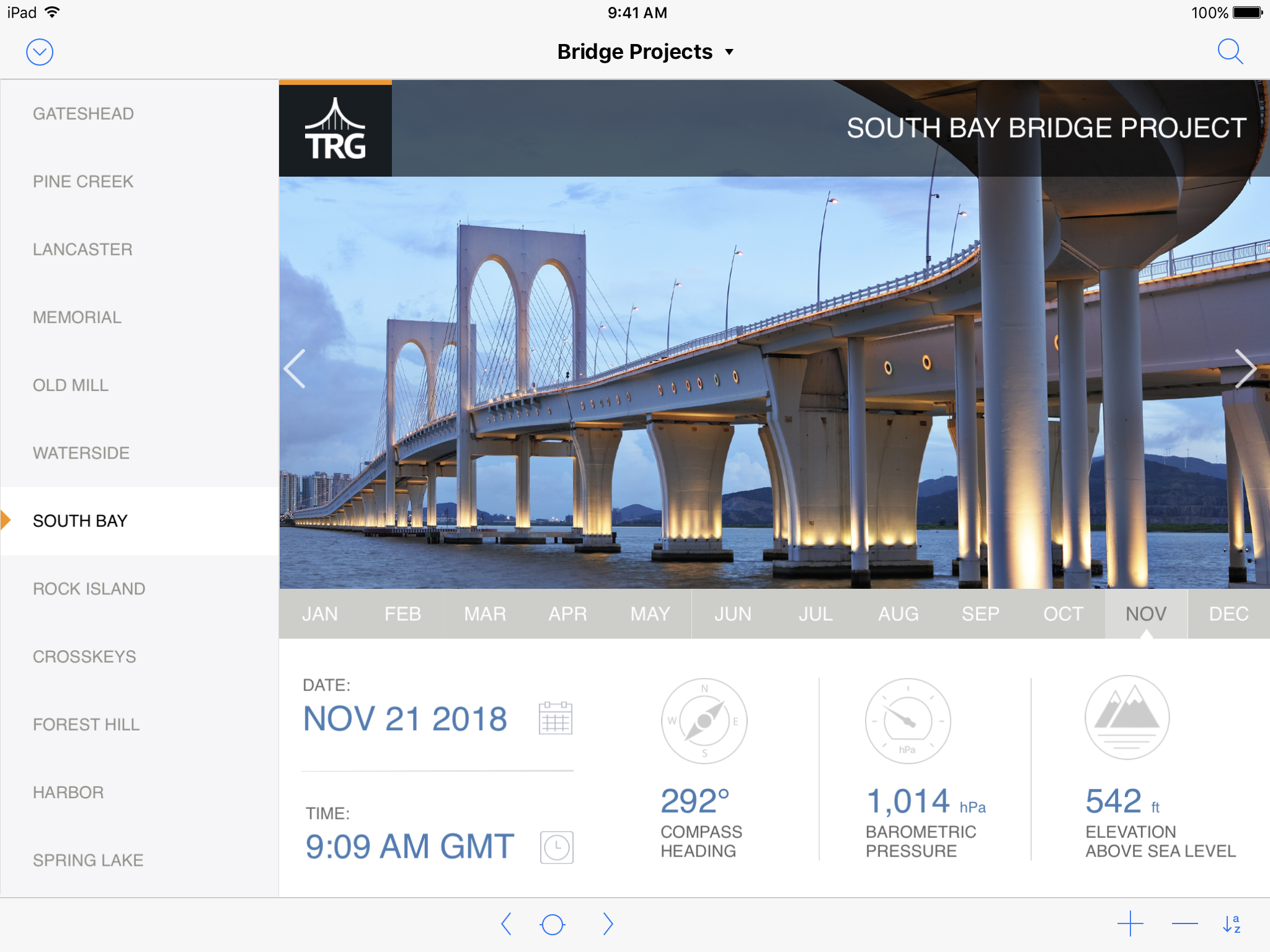
With this update, the team also made it easier to capture the sensor data from iPads and iPhones, including barometric pressure or compass headings, for example. Thata small addition, but it builds upon other features like the addition of iBeacon support in previous versions. And talking about iBeacons, FileMaker now also supports local notifications on iOS that can be triggered when you get close to a beacon or cross into a geofenced area, for example.
Other new features include support for dragging and dropping text, photos and files between apps running on iOS 11.2 and up, as well as improvements to the Admin Console of the self-hosted FileMaker Server and to the more pro-oriented Data API.
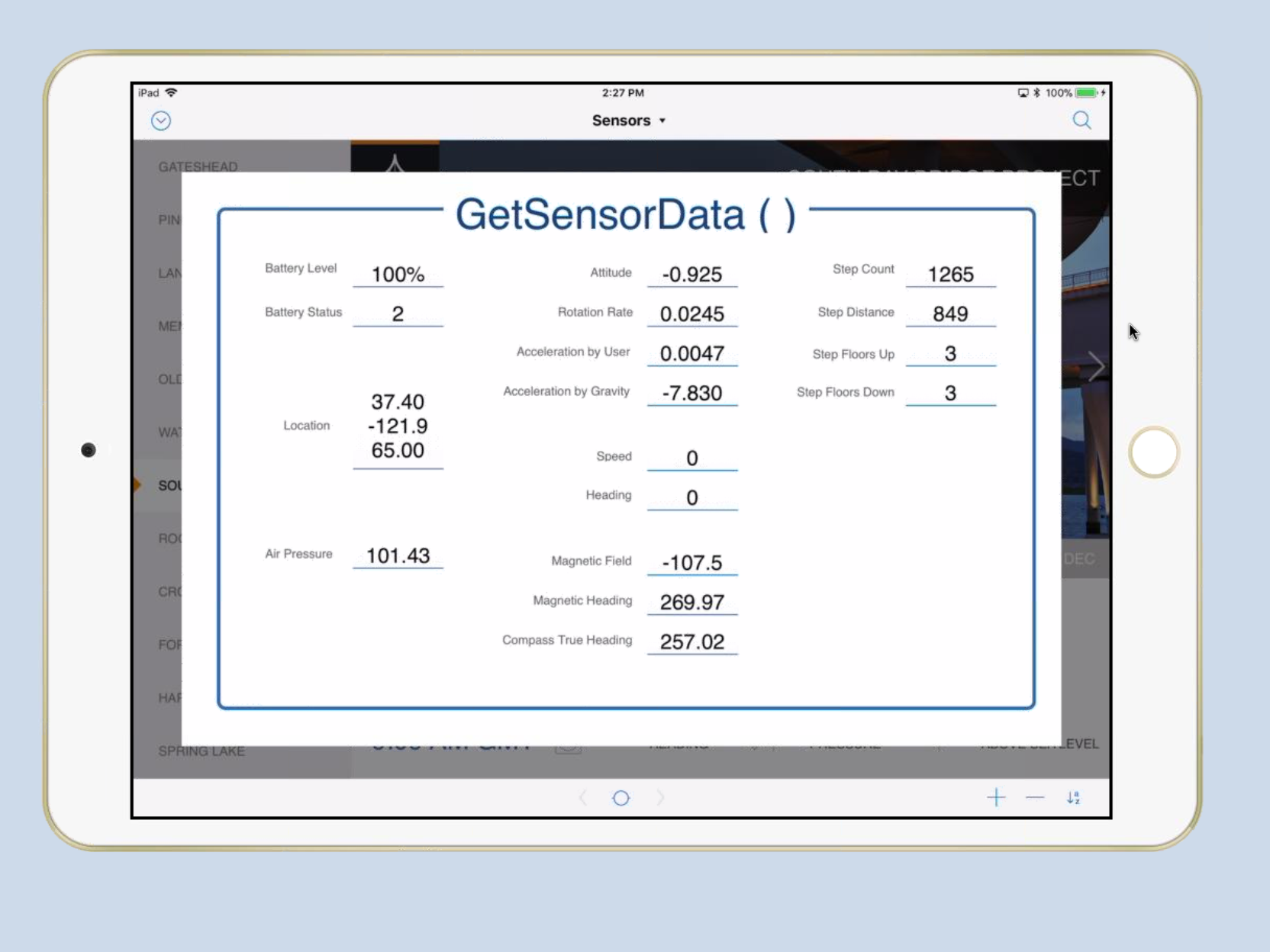
Itworth noting that with this update, FileMaker is also simplifying its product lineup a bit. The company is consolidating the FileMaker Pro and FileMaker Pro Advanced versions into a single product. Quite a few customers were clearly confused as to which version would be best for them (with Pro Advanced offering more hard-core developer features). Now, everybody will get the tools that were already available in the advanced version.
- Details
- Category: Technology
Read more: FileMaker 17 launches with a renewed focus on the basics
Write comment (90 Comments)XD, Adobeuser interface and user experience design and prototyping tool, came out of beta last October to join the group of products in the companyCreative Cloud subscription program. Today, itexpanding the availability of XD to a wider range of potential users with the launch of a free starter plan for individual users of XD. This plan is available to all users,no matter whether they are students or professionals.
The company also today announced the Adobe Fund for Design, a $10 million fund that will make investments and offer grants to companies in the Creative Cloud ecosystem, with a focus on XD.
&We want everybody to be fluent in the field of experience design,& Adobe Chief Product Officer and Executive VP (and Behance co-founder) Scott Belsky told me. He noted that experience design isn&t just for designers anymore, but also for marketers, the C-suite &and everybody in-between.&
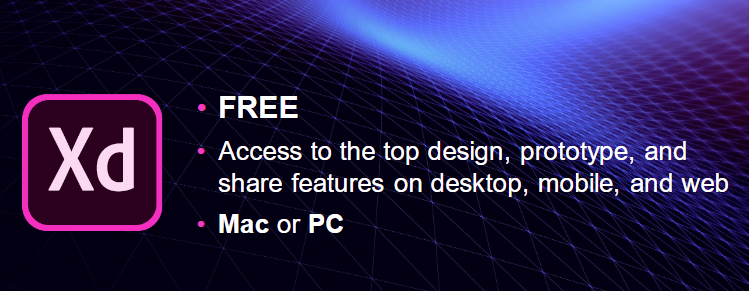
For Adobe, XD is clearly a significant bet. Italso the first major new product the company is launching and itin a market where others are trying to play, too, including popular tools like Sketch. While Sketch doesn&t offer a free plan, ithard not to look at Adobemove today as a sign that the company wants to take the competition head-on. And while XD is part of the somewhat pricey Creative Cloud plan, you also can get a $9.99 monthly license for XD only.
The free plan covers the MacOS and Windows versions of XD, as well as its mobile preview apps on iOS and Android, and it&ll include all of the design and prototyping features of the application.
Belsky freely talked about the competition and noted that Sketch is MacOS-only, for example, and that in his view, none of the competitors can match XDperformance. &We believe that this is the best platform and industrial grade experience design solution out there,& he said. Belsky also noted he believes that, in the long run, XD will be as big as Photoshop.
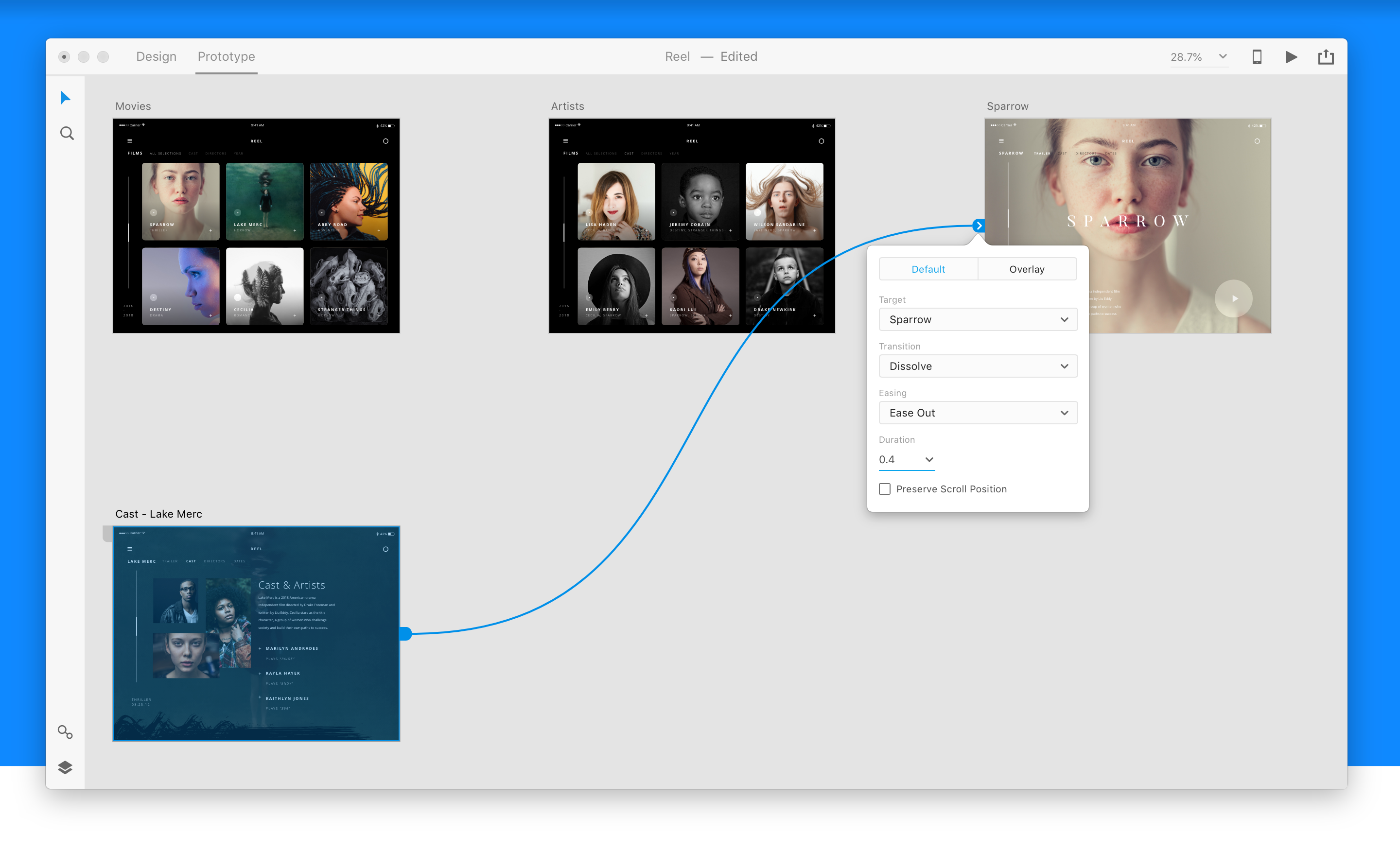
As for the investment fund, Belsky noted that the company wants to optimize for flexibility. That means the fund is global and not just for investments but also outright grants. The idea here is to provide assistance to developers and startups that push the overall Creative Cloud ecosystem forward through plugins and integrations, though the focus right now is on XD. There is no time limit on this fund.
Adobe isn&t just launching these new plans and the new fund today. Italso launching one of its regular updates to XD itself. As part of this update, the company is improving its integration with Sketch and Photoshop, for example, and itgiving XD another performance boost to ensure it stays responsive (or &buttery,& as Belsky calls it), even with hundreds of artboards open. You can also now paste assets into multiple artboards and drag-and-drop assets to swap symbols. Password-protected Design Specs, which the company previously announced, are also not available as a beta.

Looking ahead, the company has a number of interesting new features on the roadmap. Maybe the most interesting of these are timed transitions, for when you want to design an onboarding experience, for example. Adobegroup product manager for XD, Cicco Guzman, also demoed a new animation feature that allows designers to create more complex animations based on user input without having to learn a complex timeline-based tool. Quite a few designers today build these with other Adobe tools like After Effects, but the idea here is to keep them within a tool they have already mastered. &Part of what we&re trying to do with XD is to remove that friction that designers experience,& Guzman told me.
- Details
- Category: Technology
Read more: Adobe now offers a free starter plan for its XD design tool
Write comment (91 Comments)Page 5394 of 5614

 5
5





